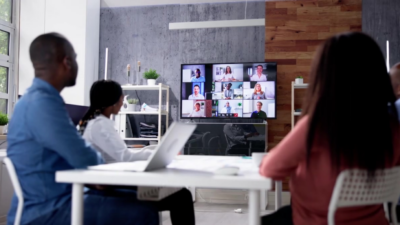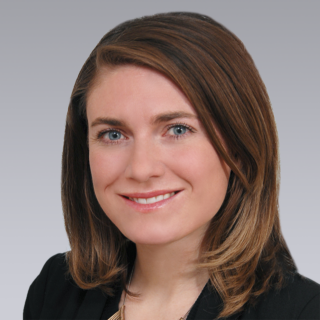U.S. office absorption remained firmly in the red in Q2 2021, at negative 18.6 million square feet, but markedly lower than the negative 46.1 million square feet seen in Q1 2021, which was the worst quarterly total on record.
Negative absorption over the past five quarters stands at a cumulative 153.1 million square feet, greatly surpassing the 92.4 million square feet seen during the Global Financial Crisis (GFC) which spanned eight quarters. While the scale of quarterly occupancy losses should continue to lessen, there is the prospect of further negative absorption during the remainder of the year.

Just five metro office markets posted negative absorption of over one million square feet in the second quarter, compared with 10 in Q1 2021. New York led at negative 6.3 million square feet, of which 4.9 million square feet took place in Manhattan. This compares to negative 14.7 million square feet in the New York metro in the prior quarter.
Other metros with significant occupancy losses in Q2 2021 included Chicago (2.4 million square feet), Los Angeles (2.0 million square feet) and Washington D.C. (1.5 million square feet.)
Encouragingly, just over of a third of the markets tracked in our survey posted positive absorption in Q2 2021, led by Charlotte (525,480 square feet), Nashville (382,750 square feet) and Austin (343,950 square feet).
The overall decline in occupancy, coupled with the flow of sublease space, continues to raise vacancy rates in the majority of markets, but at a slowing pace. The U.S. office vacancy rate now stands at 14.7%, an increase of 50 basis points in the second quarter and 320 basis points over the past five quarters that mark the COVID-19 driven downturn. This is still below the record peak of 16.3% seen at the height of the GFC, but short-term trends may lead to further upward, but declining, pressure on vacancy levels.
Sublease space remains a key contributor to the increase in vacancy. There is now a record 208.6 million square feet of sublease space available across the U.S. office market, significantly higher than the prior peak of 143.3 million square feet seen in Q2 2009. Additions of sublease space totaled 6.4 million square feet in Q2 2021, bringing the increase over the past five quarters to 67%. However, the rate at which sublease space is being added has now been slowing for three consecutive quarters.
While there are localized variations, this softening in market fundamentals has yet to result in any appreciable reduction in asking rates which are, by and large, holding firm. However, in the face of limited leasing activity, the gap between asking and effective rents has widened due to an increase in the concessions on offer.
The continued relaxation of COVID-19 restrictions and rising numbers of businesses reopening are resulting in greater confidence in returning to the office, although work patterns are shifting to a more hybrid structure in some instances. The jury is still out on the extent to which this model will be embraced, but office occupancy levels are rising and are approaching 50% in the leading Texas markets of Dallas and Houston.
Economic and business confidence continues to improve resulting, albeit with a lag effect, in further reduced volatility in office market fundamentals. The sector may still see some challenges through 2021, but signs of stabilization are anticipated as we move into 2022.

 Stephen Newbold
Stephen Newbold
 Anthony Shell
Anthony Shell
 Andrew Steele
Andrew Steele
 Aaron Jodka
Aaron Jodka Michelle Cleverdon
Michelle Cleverdon